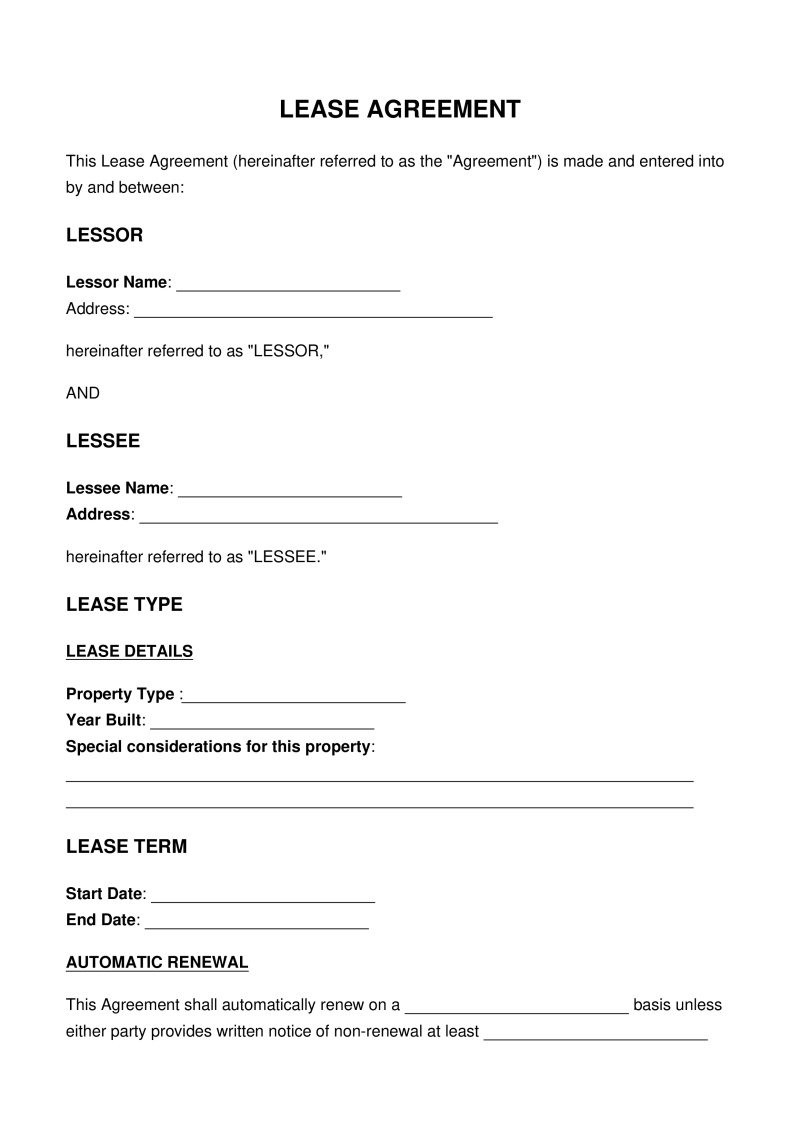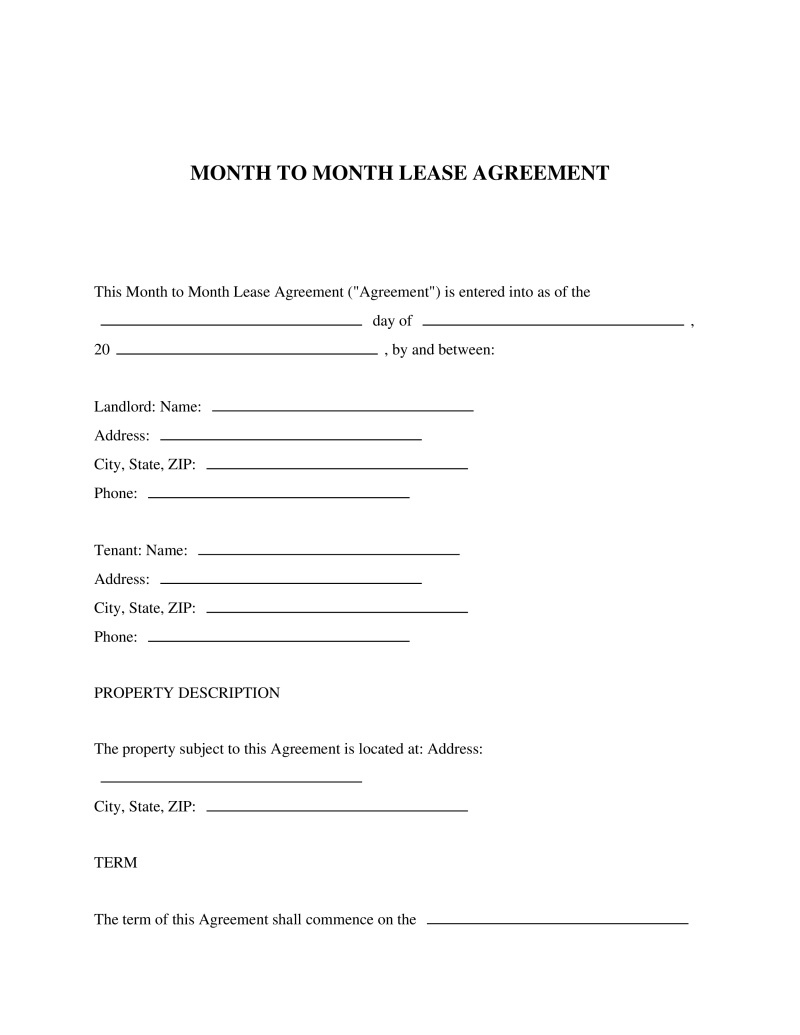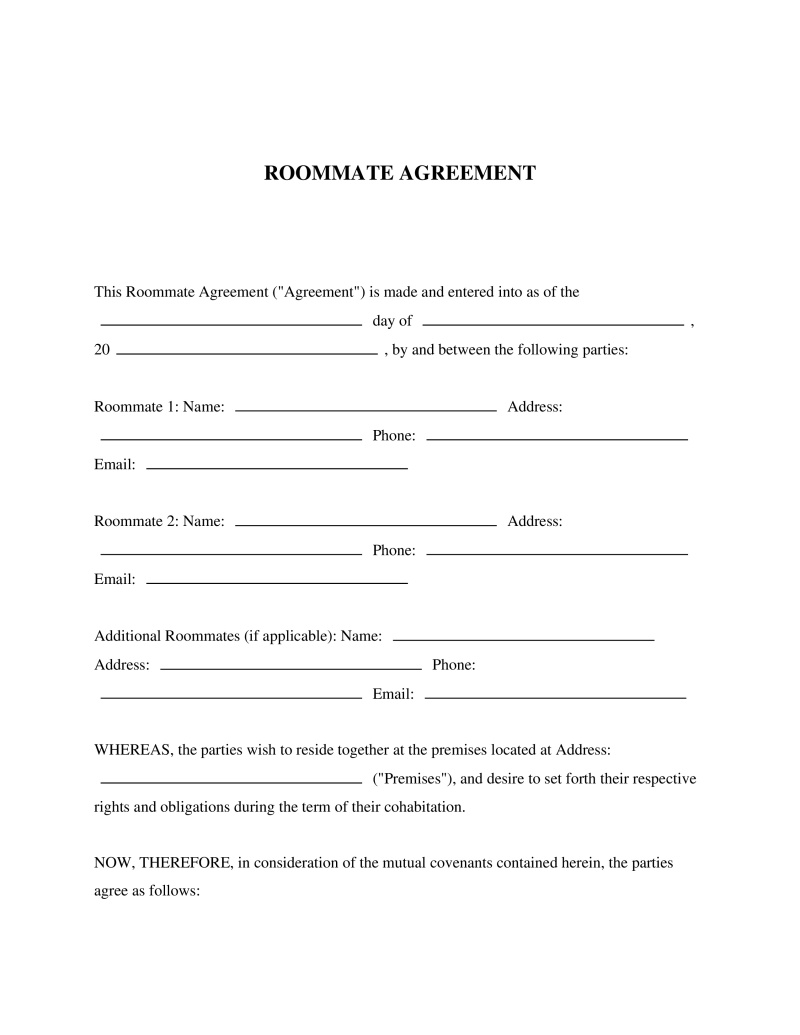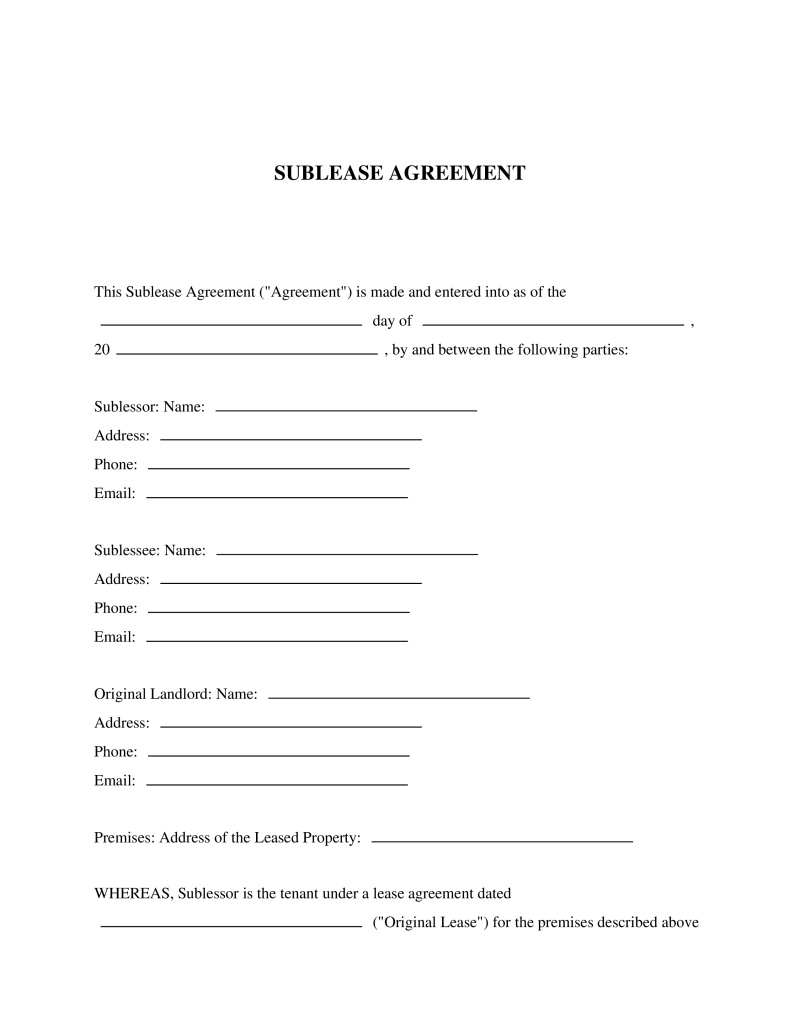What is a Lease Agreement?
A Lease Agreement, commonly known as a lease, is a binding legal document that outlines the terms and conditions of a rental arrangement between a landlord and a tenant. This comprehensive legal instrument clearly stipulates the rights and responsibilities of both parties, including the duration of the lease, the amount of rent, security deposit details, and maintenance obligations.
Knowing 'what is a lease' and understanding its legal implications can help individuals navigate the rental process more efficiently. Apart from providing a framework for the renting process, a lease agreement serves as a legal safeguard for both landlords and tenants.
Scenarios That Call for a Lease Agreement
A Lease Agreement is a necessary tool in various situations. Here are the most common scenarios:
- When you are renting out a residential or commercial property: A lease provides clear instructions about the tenant’s use of the property, payment terms, and the landlord's obligations.
- When you are renting a property from a landlord: The agreement ensures that the tenant's rights are protected, setting out the terms under which they can live or conduct business in the rented property.
- When there is a need to establish a long-term rental arrangement: A lease agreement usually covers long-term rental periods, like six months, one year, or more, creating a stable landlord-tenant relationship.
Common Parties Involved
The primary parties involved in a lease agreement are the ‘Landlord’ (also referred to as the 'Lessor') and the ‘Tenant’ (also called the 'Lessee').
The Landlord is the property owner or a person authorized to rent out the property. They may use a lease agreement template to draft the terms and conditions under which the property will be rented out.
The Tenant, on the other hand, is the individual or business entity that rents the property from the landlord. They should thoroughly understand the rental agreement form before signing, as it legally binds them to adhere to all the stipulated terms.
How This Document Safeguards You
A Lease Agreement provides several legal benefits to both the landlord and tenant, including:
- Protection of Rights: The agreement safeguards the rights of both parties, outlining what each party can or cannot do.
- Conflict Resolution: In the event of a dispute, the agreement serves as a reference point that can help resolve the issues.
- Validity: The lease has legal validity, meaning it can be enforced in court if either party fails to meet their obligations.
Lease Agreement Examples
Consider the following real-world examples of when a Lease Agreement is used:
- A couple is moving into a new city and rents an apartment for a year. They sign a residential lease agreement form with the landlord, outlining the rent amount, payment terms, and other conditions.
- A small business owner rents a commercial space in a shopping mall. They enter into a rental lease agreement with the mall owner, specifying the terms of the lease, including the use of common areas and maintenance responsibilities.
FAQs
About this document
A lease agreement is a legally binding contract wherein a property owner (lessor) grants temporary possession and use of real property to another party (lessee) for specified consideration and duration, subject to mutually agreed terms and conditions.
This document utilizes our advanced PassTheBar AI technology, ensuring bar-exam precision and comprehensive legal coverage.
This document is designed to comply with the laws of all 50 states.
Related Documents
Community Discussion
Share your experience and help others
Legal Notice: Comments are personal opinions and do not constitute legal advice. Always consult a qualified attorney for matters specific to your situation.






Comments (0)
Leave a Comment
No comments yet. Be the first to comment!